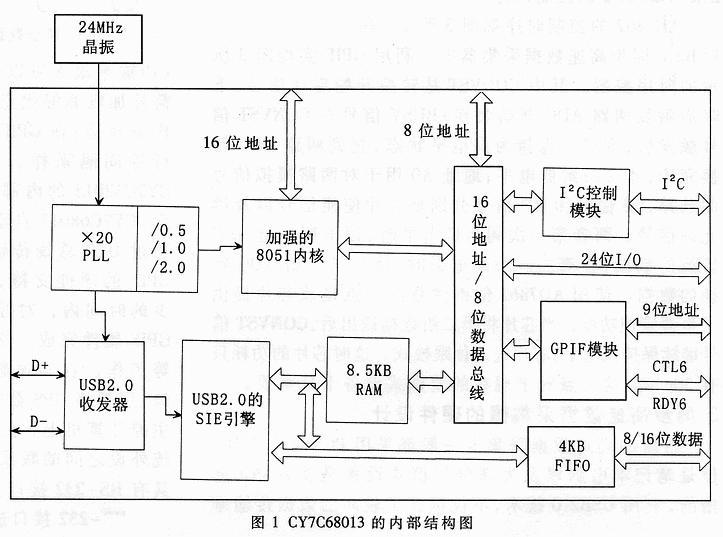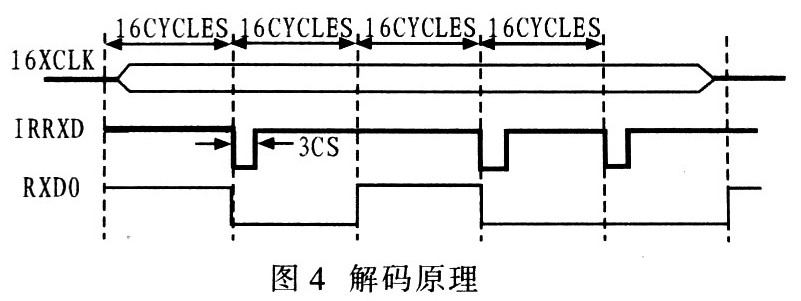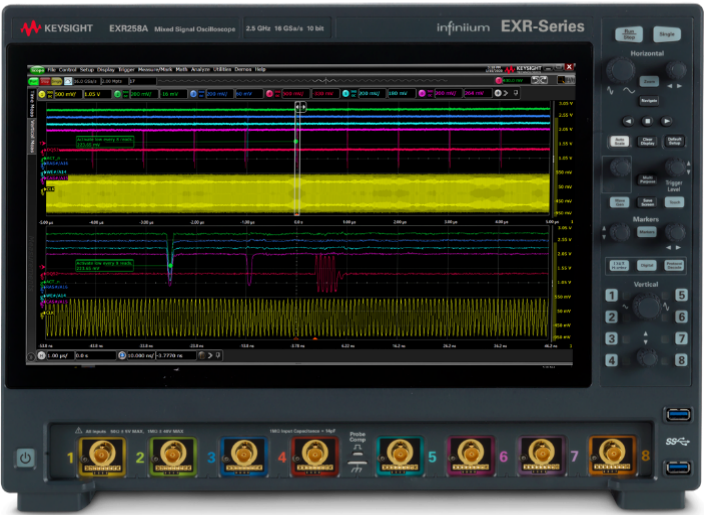有关USB2.0的常见问题
Universal Serial Bus (USB)
Universal Serial Bus (USB) is a set of connectivity specifications developed by Intel in collaboration with industry leaders. USB allows high-speed, easy connection of peripherals to a PC. When plugged in, everything configures automatically. USB is the most successful interconnect in the history of personal computing and has migrated into consumer electronics (CE) and mobile products.
The USB Standard
Providing an industry standard, USB was originally released in 1995 at 12 Mbps. Today, USB operates at 480 Mbps and is found in over six billion PC, consumer electronics (CE), and mobile devices with a run rate of 2 billion USB products being shipped into the growing market every year. In addition to high performance and ubiquity, USB enjoys strong consumer brand recognition and a reputation for ease-of-use.
USB today
Today, Hi-Speed USB 2.0, provides greater enhancement in performance-up to 40 times faster than USB 1.0, with a design data rate of up to 480 megabits per second (Mbps). In addition, USB On-The-Go (OTG), a supplement to the USB 2.0 specification, was created in 2002. USB OTG defines a dual-role device, which can act as either a host or peripheral, and can connect to a PC or other portable devices through the same connector.
Portable computing devices such as handhelds, cell phones and digital cameras that connect to the PC as a USB peripheral benefit from having additional capability to connect to other USB devices directly. For instance, users can perform functions such as sending photos from a digital camera to a printer, PDA, cell phone, or sending music files from an MP3 player to another portable player, PDA or cell phone.
The move to Wireless USB
Wireless USB is the new wireless extension to USB that combines the speed and security of wired technology with the ease-of-use of wireless technology. Wireless connectivity has enabled a mobile lifestyle filled with conveniences for mobile computing users. Supporting robust high-speed wireless connectivity, wireless USB utilizes the common WiMedia* Ultra-wideband (UWB) radio platform developed by the WiMedia Alliance.
USB in the future
The next advancement in ubiquitous technology is SuperSpeed USB (USB 3.0) that will deliver over targeted 10x the speed of today's Hi-Speed USB connections. The technology targets fast PC sync-and-go transfer of applications, to meet the demands of CE and mobile segments focused on high density digital content and media.
USB 3.0 will create a backward-compatible standard with the same ease-of-use and plug and play capabilities of previous USB technologies. Targeting over 10x performance increase at 5Gbps data rates, the technology will draw from the same architecture of wired USB. In addition, the USB 3.0 specification will be optimized for low power and improved protocol efficiency.
Industry collaboration
Intel formed the USB Implementers Forum (USB-IF) in 1995 with other industry players to support and accelerate market and consumer adoption of USB-compliant peripherals. Today, the USB-IF has over 700 member companies worldwide, and the Board of Directors is comprised of representatives from Hewlett-Packard, Intel Corporation, LSI Corporation, Microsoft Corporation, NEC Corporation, and ST-NXP Wireless.
The USB-IF is a non-profit corporation formed to provide a support organization and forum for the advancement and adoption of Universal Serial Bus technologies. The Forum facilitates the development of high-quality compatible USB peripherals (devices), and promotes the benefits of USB products that have passed compliance testing.
 电子发烧友App
电子发烧友App


































评论